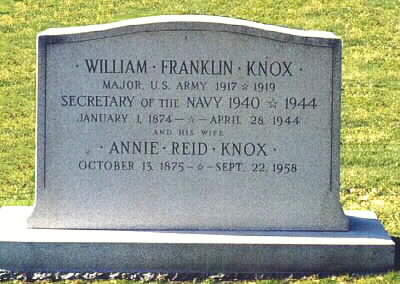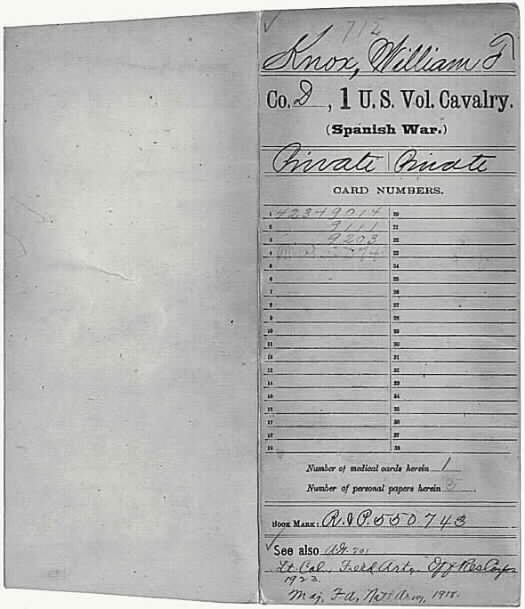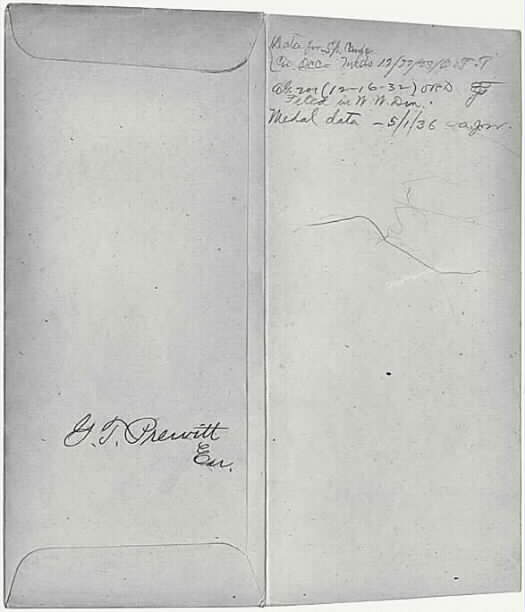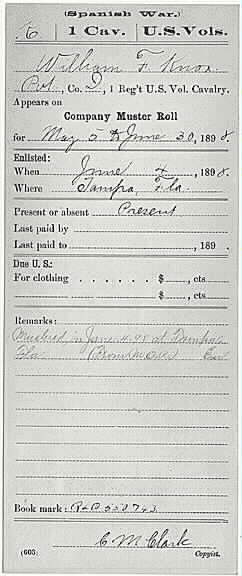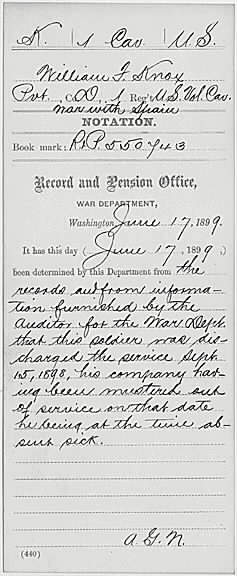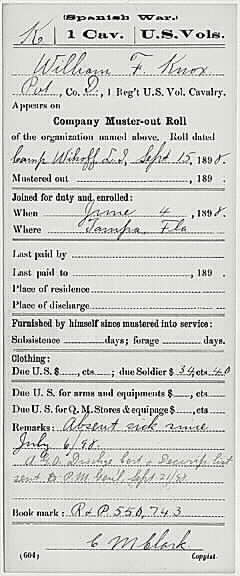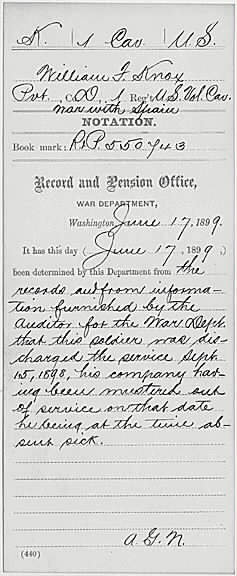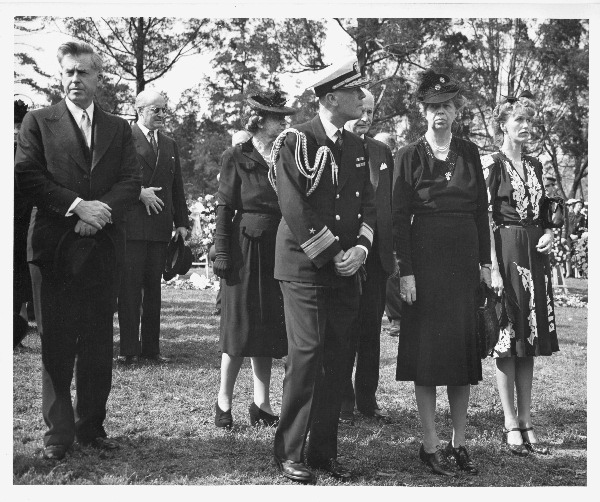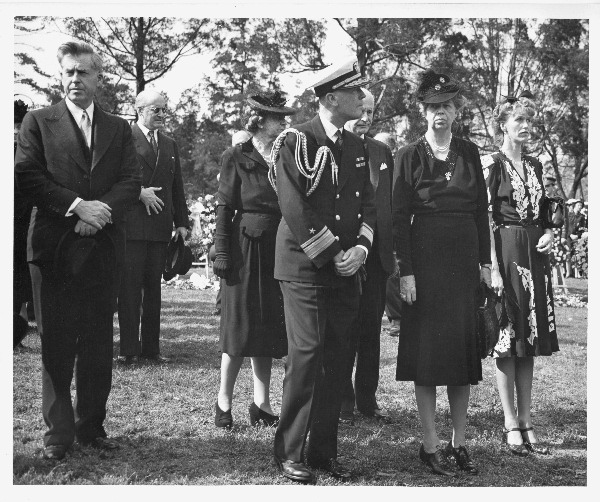Secretary of the Navy
Newspaper Publisher
Born on January 1, 1874, he served with the 1st U.S. Volunteer Cavalry (The Rough Riders) in the Spanish-American War. He was the publisher of the Chicago Daily News and a Republican.
He was selected by President Franklin D. Roosevelt to become Secretary of the Navy. He served in that post throughout much of World War II, dying in office on April 28, 1944. He was buried in Section 2 of Arlington National Cemetery.
His wife, Annie Reid Knox (October 15, 1875-September 15, 1958), is buried with him.
William Franklin “Frank” Knox (January 1, 1874 – April 28, 1944) was the Secretary of the Navy under Franklin D. Roosevelt during most of World War II. He was also the Republican vice presidential candidate in 1936.
William Franklin Knox was born in Boston, Massachusetts. He attended Alma College, in Michigan, where he was a founding member of the Zeta Sigma Fraternity, and served in Cuba with the Rough Riders during the Spanish-American War. Following that conflict, Knox became a newspaper reporter in Grand Rapids, Michigan, the beginning of a career that grew to include the ownership of several papers. He changed his first name to Frank in about 1900. In 1912 he supported Theodore Roosevelt’s Progressive ticket. During World War I, Knox was an advocate of preparedness and United States participation. He served as an artillery officer in France after America entered the hostilities.
In 1930, Frank Knox became publisher and part owner of the Chicago Daily News. An active Republican, he was that party’s nominee for vice president in the 1936 election, under Alf Landon. He was the first (and only) supporter of Theodore Roosevelt in 1912 to be later named to a Republican ticket. Landon and Knox lost by a landslide, winning just Maine and Vermont. Knox, who was an internationalist and supporter of aid to Britain, became Secretary of the Navy in July 1940, as President Roosevelt strived to create bi-partisan appeal for his foreign and defense policies following the defeat of France.
As Secretary, Frank Knox followed Roosevelt’s directive to expand the US Navy into a force capable of fighting in both the Atlantic and Pacific. Chief of Naval Operations Ernest J. King had full control of naval operations during the war, and often kept Knox in the dark about plans. Knox was able to block King’s efforts to control procurement of war supplies, but on the whole the civilian side of naval affairs was run by Assistant Secretary James Forrestal, who was closer to Roosevelt than Knox. Secretary Knox had so much free time that after hours he ran the business affairs of his Chicago newspaper. Following a brief series of heart attacks, Secretary Knox died in Washington, D.C. on April 28, 1944.
USS Frank Knox is named in his honor, but Fort Knox is named in honor of another famous Knox, Henry Knox. Following his death, his wife, Annie Reid Knox, established the Frank Knox Memorial Fellowships, which enable students from various countries in the Commonwealth to attend Harvard University for graduate study.
He is the father of B-movie actress Elyse Knox.
Frank Knox as Secretary of the Navy is well known for his public comment concerning the openly publicised German massacre of civilians at the Czech village of Lidice in June 1942 following the assassination of Reinhard Heydrich. He said: “If future generations ask us what we are fighting for [in World War Two], we shall tell them the story of Lidice.”
KNOX, ANNIE R W/O FRANK
- DATE OF BIRTH: 10/13/1875
- DATE OF DEATH: 09/22/1958
- DATE OF INTERMENT: 09/25/1958
- BURIED AT: SECTION 2 SITE 4961
- ARLINGTON NATIONAL CEMETERY
- WIFE OF WF KNOX – MAJOR CAV USA SEC OF NAVY
KNOX, FRANK
MAJOR CAV USA
- VETERAN SERVICE DATES: Unknown
- DATE OF DEATH: 04/28/1944
- DATE OF INTERMENT: 05/01/1944
- BURIED AT: SECTION EAST SITE 4961
ARLINGTON NATIONAL CEMETERY
Michael Robert Patterson was born in Arlington and is the son of a former officer of the US Army. So it was no wonder that sooner or later his interests drew him to American history and especially to American military history. Many of his articles can be found on renowned portals like the New York Times, Washingtonpost or Wikipedia.
Reviewed by: Michael Howard

